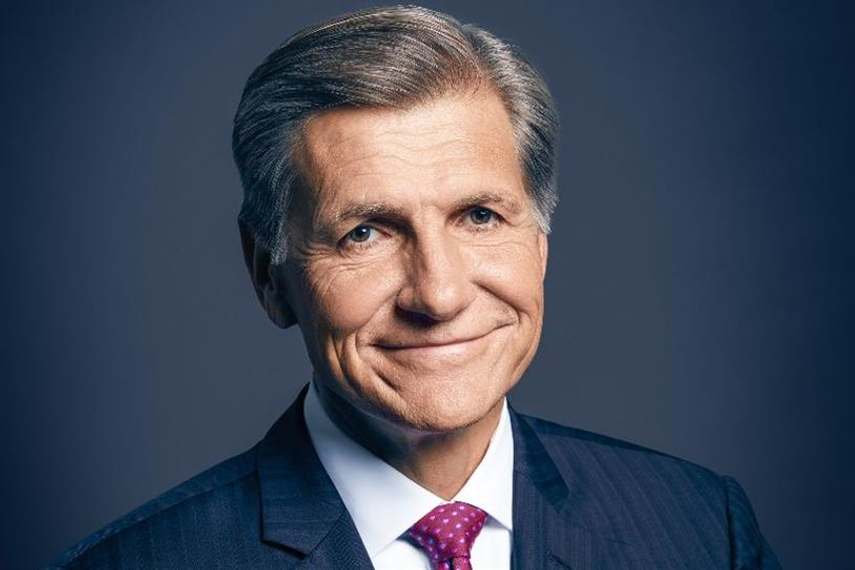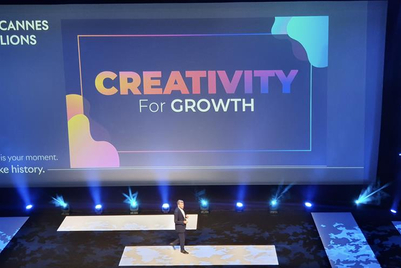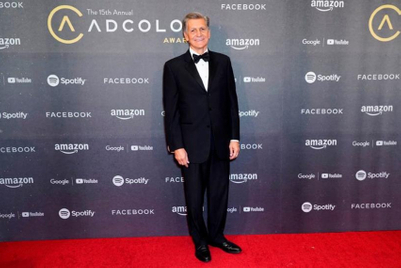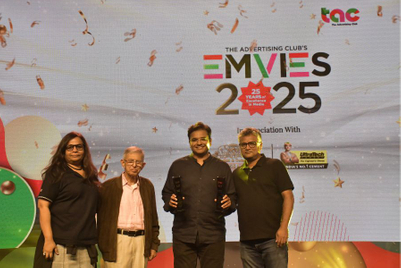
Amid the ever-increasing discussion around the pressing need for brands to be a force for good, P&G’s top marketer Marc Pritchard feels the need to clarify something from time to time.
“We need to be a force for growth in order to be a force for good,” he told a Spikes Asia audience on Tuesday. “Because if you're just a force for good and not growing then then that's philanthropy. And philanthropy is wonderful, but we’re a business.”
Pritchard has spelled this out before. Brands that can grow commercially can also then improve communities, equality, inclusion and the environment in a virtuous circle that consumers will recognise and expect.
But in conversation with Campaign Asia's managing director Atifa Silk, Pritchard emphasised the critical role that creativity plays in making this happen, especially in times of severe market disruption.

In a wide-ranging interview, Pritchard discussed the decline of linear media, the exponential expansion of digital media, AR, VR and the metaverse. He noted how the rise of OTT streaming services has ‘elevated their game’ on branded content, with P&G Studios creating ‘new soap operas’ for the times. He also shared gaming was an area P&G is “just jumping into in a big way” and how the melding of media and commerce has allowed P&G to do 14% of its total business worldwide through ecommerce.
“We’re going to see a lot of major changes over the course of the next years, but at the foundation is still creativity. Creativity is what drives businesses, what drives brands,” Pritchard said.
“Disruption happens everywhere. The best way to deal with disruption is to lead it,” he continued, “and do it in a constructive way that actually builds markets or makes categories bigger and that is where innovation and creativity comes in. We always have that mindset. Then we go focus on what consumers want, and figure out ways to bring things in a much more creative way.”
Citing how threats can become opportunities, Pritchard cited many examples of Asian creativity that turned potential problems into marketing wins. He noted how in Vietnam, the difficulty around pronouncing ‘Head and Shoulders’ inspired a self-deprecating local campaign (see video below) highlighting all the multitude of local name variations that dramatically increased brand equity and awareness scores, following a similar campaign in Indonesia. He also noted how in India, Gillette is reaching new audiences by giving young men tools to help them in gaming and how Pampers is opening up direct sales to early-stage parents by providing information through their Baby World app.
Pushing for progress on sustainability and DEI
But it’s in the raised expectations for brands around equality, inclusion and sustainability where Pritchard sees creativity and innovation really coming to the fore to be sure that it can deliver on its dual need for both good and growth.
To truly deliver on sustainability, Pritchard said it comes down to creating “irresistible superiority that's sustainable” in its products since consumers don't want to have to trade off performance by going green. He cites Ariel’s cold water pods as the best example of this, whereby cold water cleaning enzymes allow laundry to be washed in cold water, removing 90% of the energy usage, but also cites efforts to reduce plastic packaging.
But whether its movement on sustainable packaging or efforts to be more equal and inclusive in messaging, consumers' largest worry is that the big packaged goods makers may not be moving fast enough. Just a few months ago, Pritchard spoke candidly about P&G’s DEI progress as “still not where we need to be.”
At Spikes, Pritchard shared how P&G is pushing for equality throughout its media and creative supply chain. Gender representation within P&G is near 50-50 “at virtually every level” and the company expects agencies to do the same, though most are in “pretty good shape.” It’s behind the camera from a production standpoint where there is still work to do, he said. While the Americas have already hit their target of 50% women in production, Asia has a goal of 35% which Pritchard said they would hit this year, on their way to an ultimate goal of 50%. He credits agencies with helping P&G brands make this happen.
“When you do that, and when you have that equality behind the camera and throughout your entire creative media supply chain it allows you to do what we're intending—accurate portrayal,” said Pritchard. “We want the accurate portrayal of women and girls in our advertising. We want the accurate portrayal of all people regardless of gender, identity, race, ethnicity, sexual orientation, religion, age, whatever the case may be, and that means you have to have diversity behind the camera." He cited campaigns like Ariel’s Share the Load series. He also singled out Whisper’s campaign to destigmatise periods and keep girls in school for effusive praise.
“It’s good for business,” he said. “When people can see themselves and they can see that a brand understands me and is accurate, portraying me but not stereotyping, objectifying or diminishing me in any way, then they trust that brand.”
But bringing the conversation back to his central thesis, Pritchard suggested representation alone might not be enough to truly connect brands with consumers.
“Creativity is the thing that takes everything up to the next level. That’s what we want from our agency partners, that’s what we want from our brand teams. And I’m delighted at the work we’re seeing coming out of Asia,” he said.
(This article first appeared on CampaignAsia.com)


.jpg&h=334&w=500&q=100&v=20250320&c=1)




.jpg&h=334&w=500&q=100&v=20250320&c=1)


.jpg&h=334&w=500&q=100&v=20250320&c=1)

.jfif&h=268&w=401&q=100&v=20250320&c=1)






.jpg&h=268&w=401&q=100&v=20250320&c=1)
